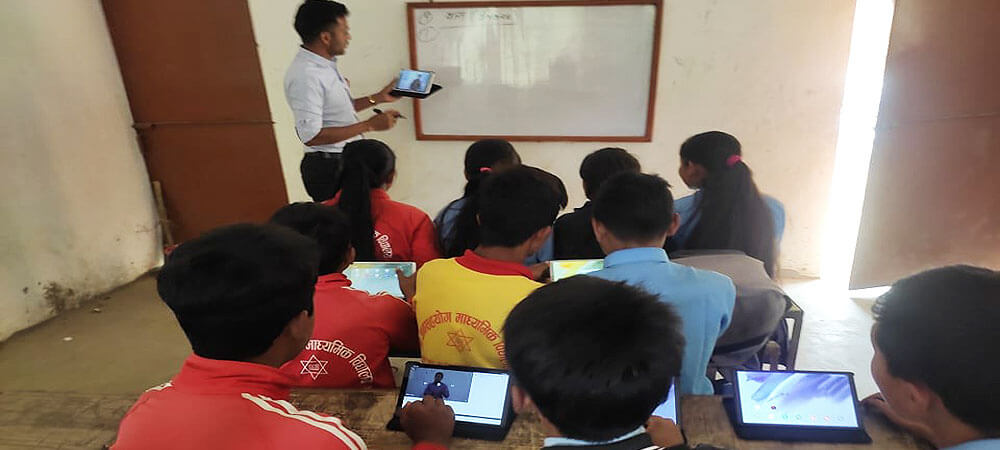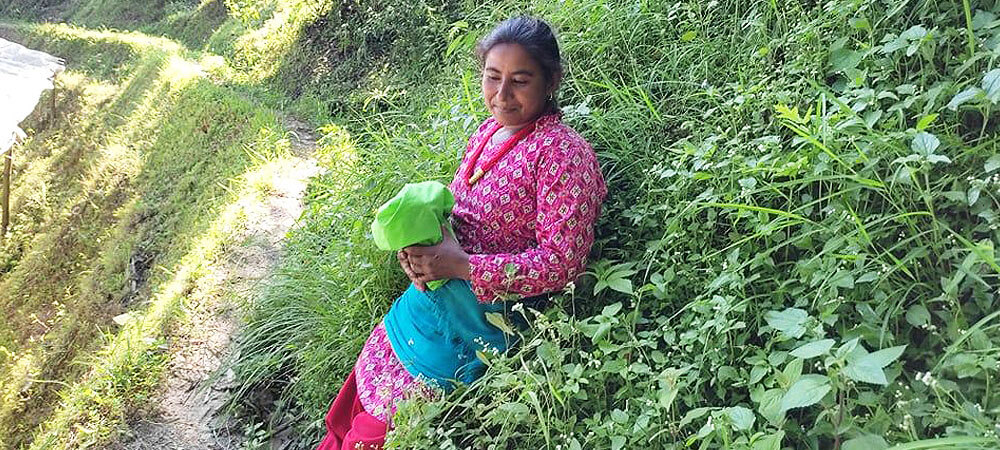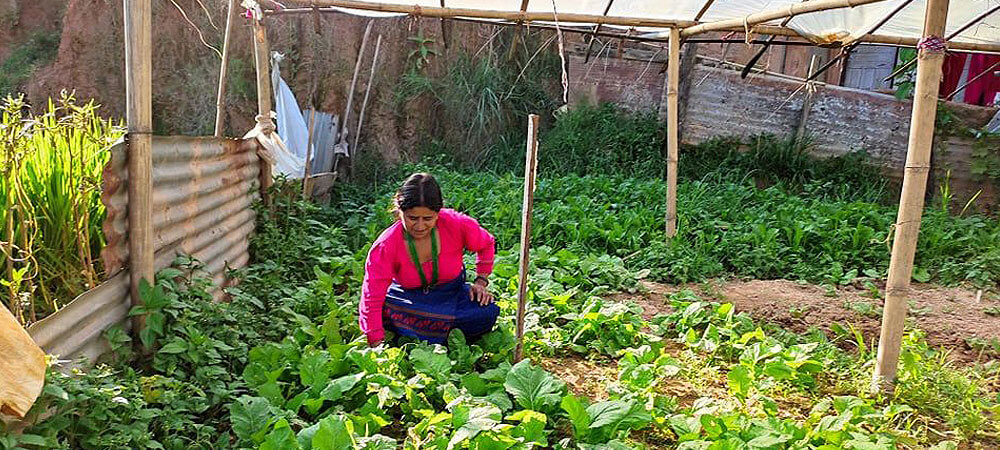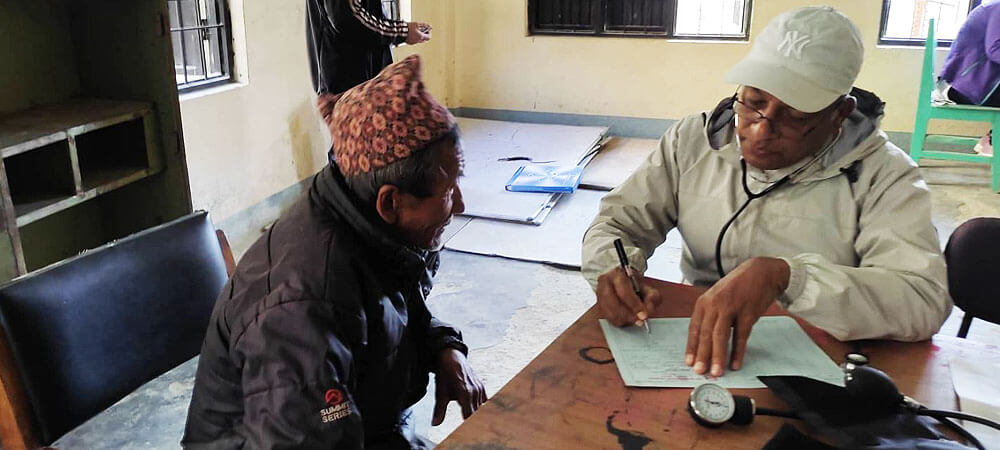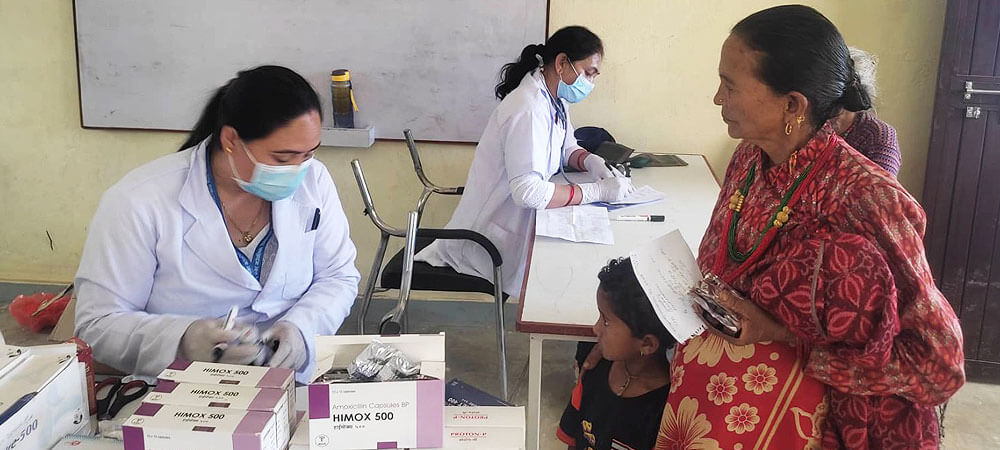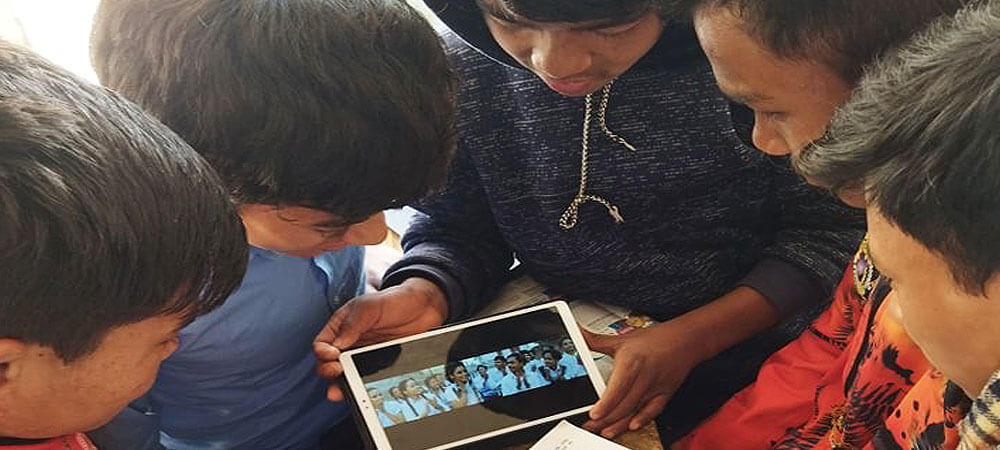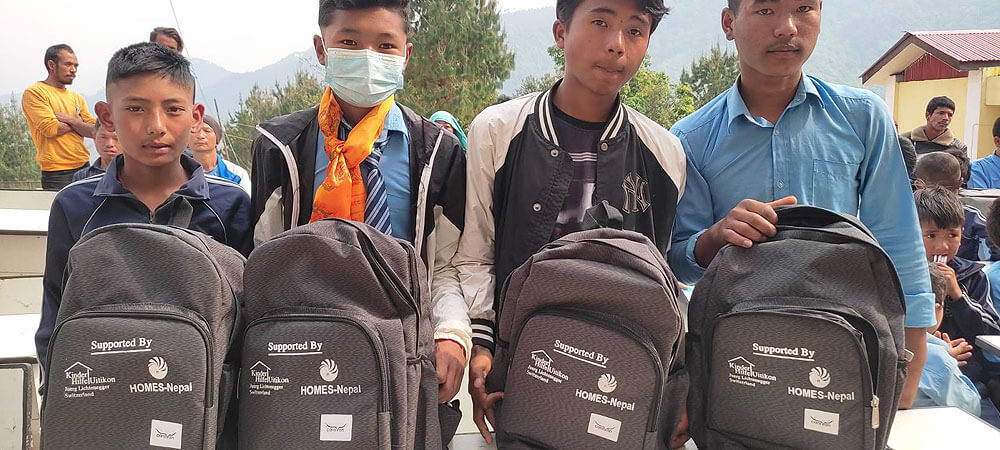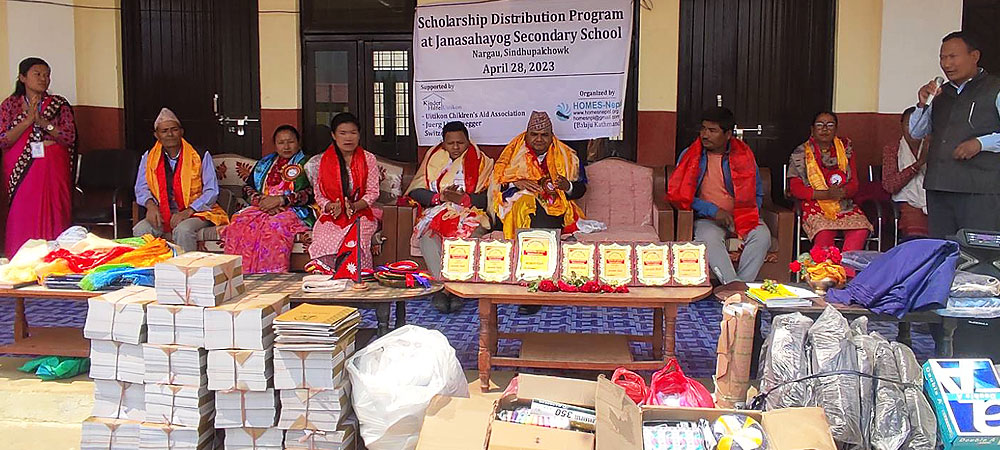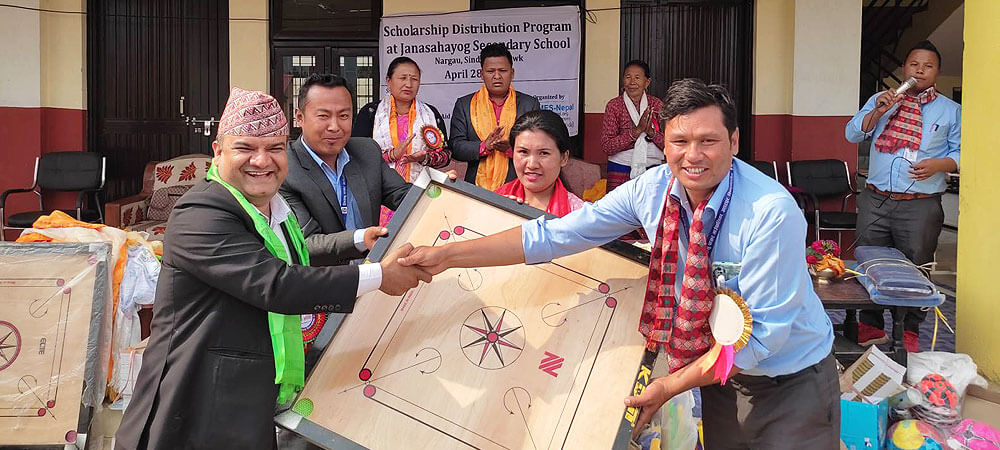PLANNING TO NUTRITION PROGRAM FOR CHEPANG
RATIONAL OF THE PROGRAM/HEALTH SITUATION OF CHEPANG
The district is behind in health status compared to the national level. Although the health indicators are significantly improving over the years, the district is still behind in some of the key indicators. The child mortality rate (CMR) is 101.7/1000 and Infant Mortality Rate (IMR) is 91.8/1000 and average life expectancy is only 49.5 years. The health status of the marginalized communities is much worse than the average district situation. Occurrence of preventable and communicable diseases like skin diseases, diarrhea, gastritis and intestinal worms, typhoid and ear infection among the top ten diseases reflects poor health situation of people in the district. Mainly, the Chepang children are suffering from Malnutrition due to the lack of proper knowledge of nutrition and hygienic environment maintenance for the children.
They are suffering from the following diseases:
- fatigue and low energy
- dizziness
- poor immune function (which can hamper the body's ability to fight off infections)
- dry, scaly skin
- swollen and bleeding gums
- decaying teeth
- slowed reaction times and trouble paying attention
- underweight
- poor growth
- muscle weakness
- bloated stomach
- osteoporosis, or fragile bones that break easily
- problems with organ function
- problems learning
The causes related to Malnutrition:
- Lack of proper nutritious food
- Traditional understanding of food
- Short time gap in between two consequent children (1-2 years)
- Lack of Knowledge of Family Planning
- Lack of proper parental caring
- Low economic status
- Lack knowledge and education
- Geographical difficulties area
In district, Chepangs are living in 10 VDCs. Out or 10 VDCs, we selected the Dhusa VDC for initiation of the program.
PROGRAMS BENEFICIARIES
| District | Dhading |
| VDC | Dhusa |
| Ethnic Group | Chepang |
| Population | 1361 |
| Households | 450 |
| Expected No. of Children | 600 |
| Pregnant women | 80 |
| Time Duration of Project | 12 Months |
PROGRAMS FOR THE CHEPANG CHILDREN
The following programs need to be implemented to improve the Nutrition Condition of Chepang Children:
- Survey of Chepangs find out the name, age, sex, health condition, birth-rate, diseases, status of nutrients and socio-economic profile.
- Organizing the awareness campaign for each ward to the mothers how to keep their children tidy and healthy
- Training and Orientation Programs for making nutritious food by using local resources and food available.
- Supply of Nutritious food to the Pregnant women and deliver the value of Nutrition, aware them (door to door campaign)
- Supply of Nutritious food to the Children (Infants to the age of 6).
- Orientation for School Children about Health and Hygiene, and importance of Nutritious food in schools.
- Monitoring and Supervision after implementation of Program
EXPECTED OUTPUT
- 90% mothers will be followed how to make their children tidy and healthy
- 90% mothers will be able to make nutritious food by using local food to their children.
- The mothers or family members will be continuing to keep their children tidy and healthy and making nutritious food by using local resources.
- The school going children will be aware about their health and hygiene, and importance of Nutrition.
- The pregnant women will be able to take care their health in proper way.
- More than 80% malnutrition problem will be reduced.

